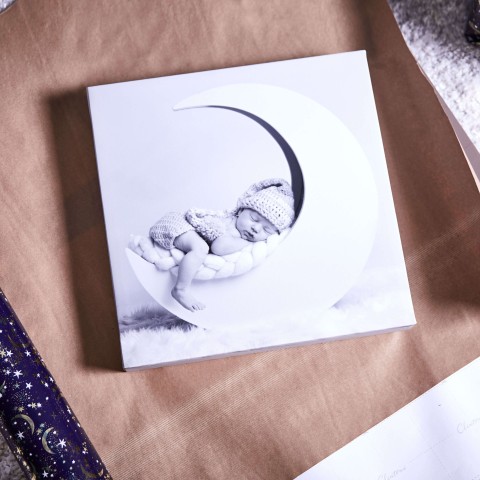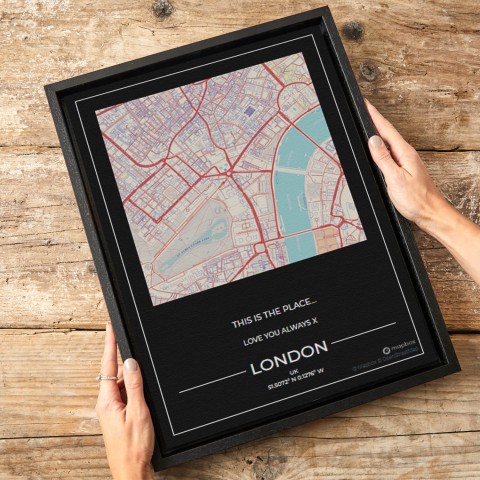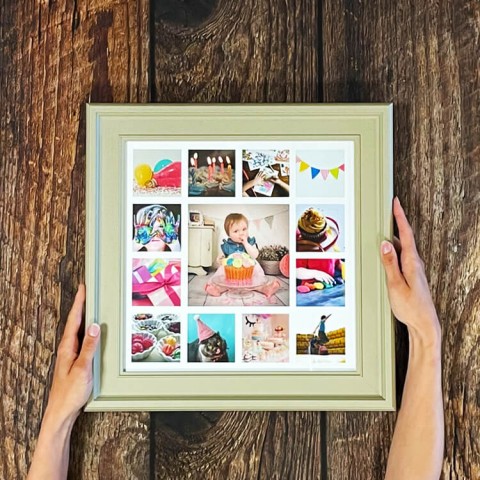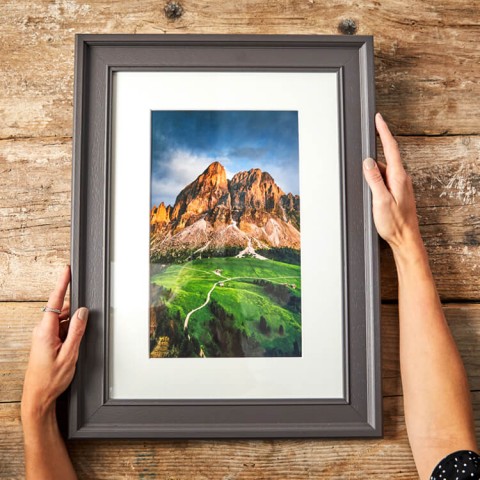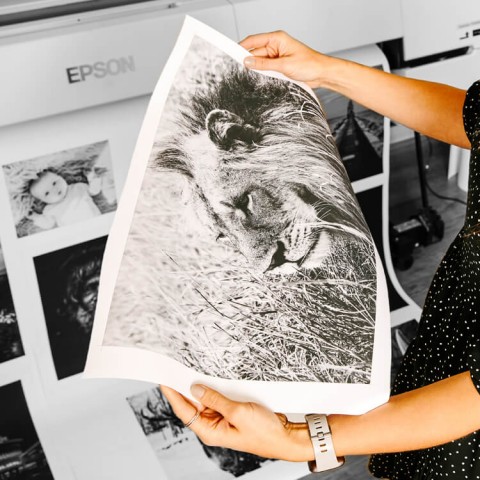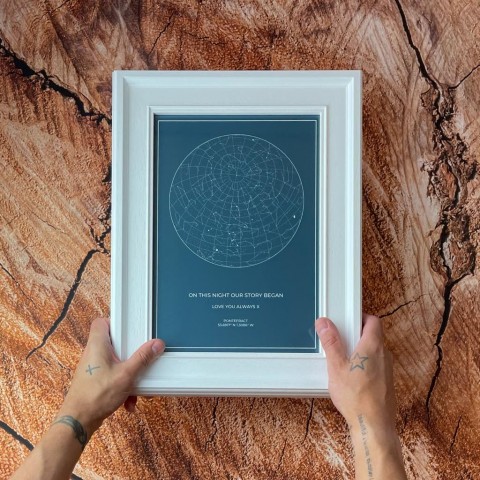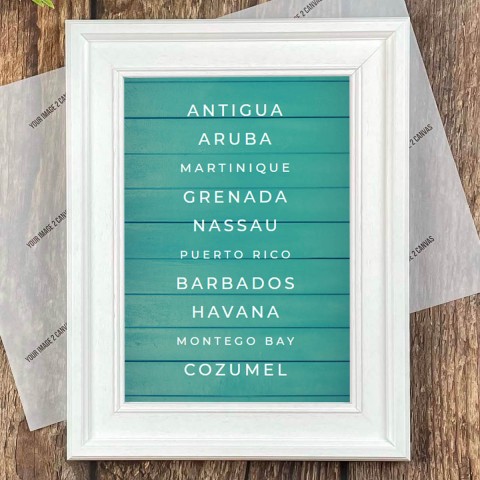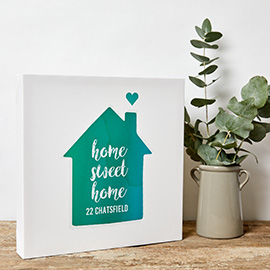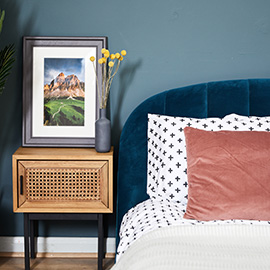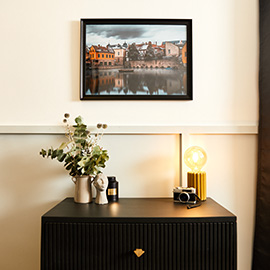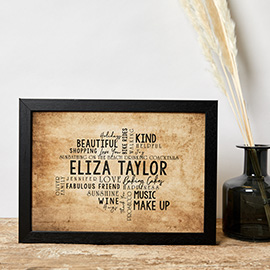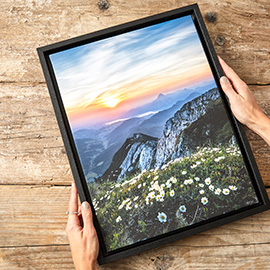Perfect your panoramas
At Your Image 2 Canvas, we like to encourage you to choose something a little out of the ordinary for your wall. Whilst standard canvas sizes are still very popular, we know how spectacular a well-shot panorama can be – maybe after reading this article you'll want to go out with your camera and take some shots specifically with this in mind! This week we're going to give you our top tips to ensure that you get the best from this style.
Gear
Many higher end compacts and even some DSLRs have a panoramic scene mode these days, so if your camera has one, use it! It makes little sense stitching your images together in post production if you camera can do a decent job of it for you.
Choosing a scene
The kind of scene that works best for a panorama is a landscape that’s so spectacular you don't know where to point your camera. With this method, you don't have to choose ─ you can shoot it all in one! Ideally, you want the majority of the scene to be at a good distance from the camera, because this will help to prevent issues with distortion creeping in during the stitching process.
Watch the sky...
Because you're stitching several exposures together, you do have to be careful when shooting panoramas on very windy days. If the clouds are moving rapidly it can lead to problems with alignment during the stitching process; the same is true if the sun is moving in and out of the clouds, or trees are swaying wildly in the wind!
Camera settings
If your camera has a manual mode, it’s far better to use it for this type of shot because it allows you to dial in the exposure and lock it down. Check the exposure through your camera at various points throughout the scene and manually select the settings that are midway between the extremes.
Use all of your pixels
To ensure that you have the maximum resolution possible in the final image, turn your camera on its side and shoot in portrait mode as you make your sweep. Shooting in landscape always means that the final image will need to be cropped at the top and bottom of the frame to create your panorama.
Keep the camera steady
If you're shooting handheld it pays to use image stabilisation if you have that as a feature in your camera body or lens. For the highest quality images though, it pays to invest in a panoramic ball head for your tripod. A good ball head will prevent any issues with changes in the focal plane that can creep in when shooting handheld and make stitching correctly impossible.
Stitch them all together!
Photoshop has a great tool for panoramic stitching, but it will require some patience to use. A good panorama might have 7-12 images, which means that the final file could be huge. That's great for resolution, but it'll take a long time to render for processing. Your patience, however, will be rewarded with the kind of shot that looks absolutely stunning printed to canvas and hung on your wall.
Tags canvas print, panoramic photo


